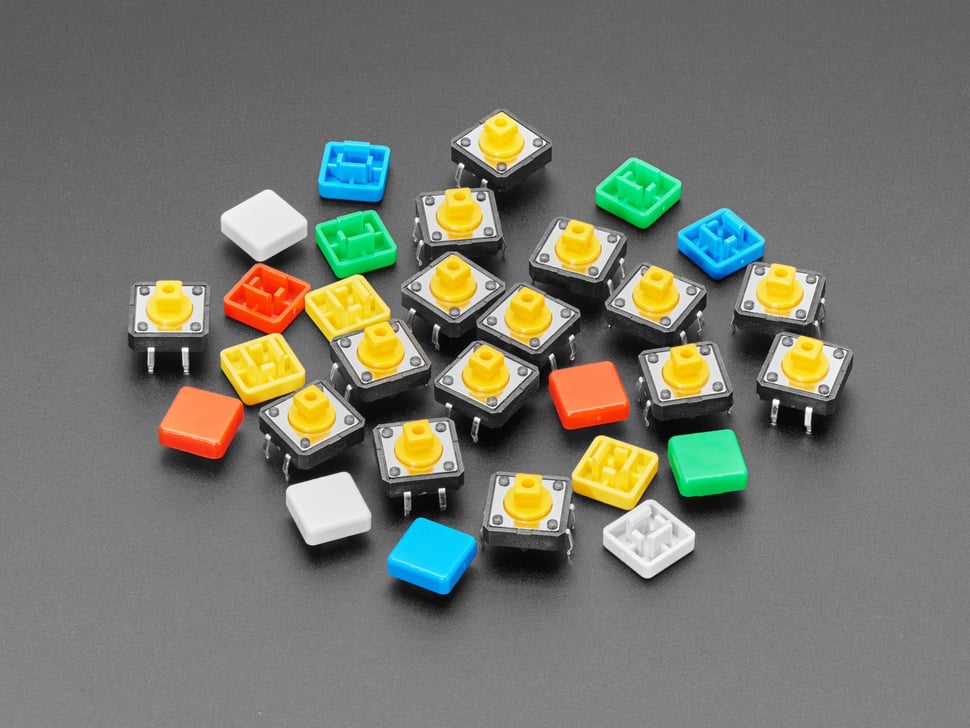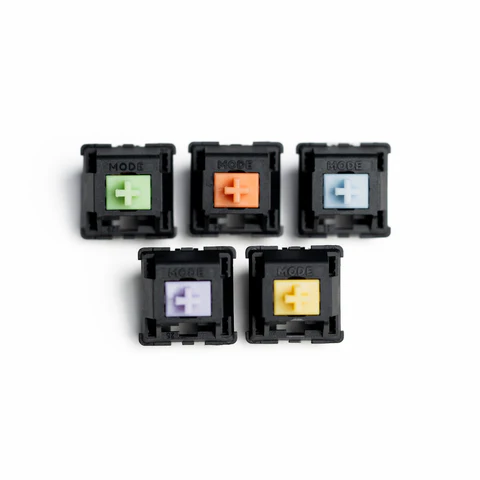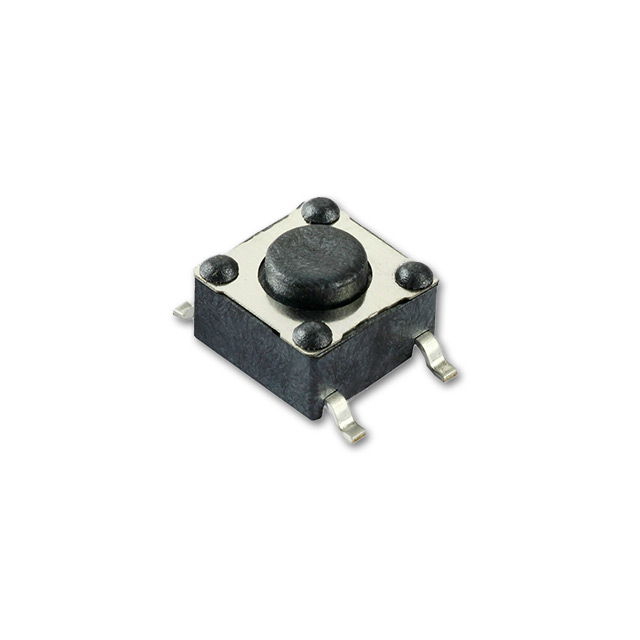Tactile switches are commonly found in custom mechanical keyboards for their versatility.
Recognizing the Conveniences of Tactile Switches for Boosted Customer Experience
Tactile switches are essential to contemporary user interfaces, providing physical responses that improves communication accuracy and user fulfillment. These devices are especially valuable in settings where speed and accuracy are paramount, such as in pc gaming or professional setups. By providing a distinct feeling upon activation, tactile switches verify user inputs without the requirement to divert visual interest, simplifying task implementation and minimizing error prices. This mix of immediate physical feedback and dependability welcomes further expedition right into their wider implications and benefits.
Discovering the Mechanics of Tactile Changes
To recognize how tactile switches boost user experience, it is necessary to explore their auto mechanics. Responsive buttons run through a system that customers can really feel and listen to when a key is pressed. This is achieved by incorporating a little dome or bump within the button, which develops resistance at a details factor in the keypress path. As soon as this factor is surpassed, the resistance provides method, generating a visible 'click.' This physical feeling is critical as it gives instant physical comments to the user, confirming that the input has been made without requiring to activate the button totally.
The building and construction of these buttons differs, however common materials consist of steel for the get in touches with and rubber or silicone for the tactile dome - tactile switches. These elements are engineered to stand up to millions of cycles, guaranteeing sturdiness and regular efficiency gradually. This dependability makes responsive buttons specifically preferred in settings that require quick, precise customer input
Exactly How Tactile Feedback Improves Precision and Speed
Lots of users locate that tactile responses from switches significantly improves both the precision and speed of their communications with tools. The unique physical experience offered when a responsive switch is activated allows customers to validate their input without needing to verify aesthetically. This confirmation is essential in atmospheres where attention is split throughout numerous tasks, as it makes sure inputs are both willful and proper.
Additionally, the prompt comments from responsive buttons reduces the time taken between activities. Users do not have to press secrets numerous times to guarantee activation, resulting in quicker response times. This efficiency is especially beneficial in high-speed typing situations where each nanosecond can add to total Website productivity.

Moreover, the enhanced sensory experience minimizes individual exhaustion and increases involvement, making communications extra instinctive and much less prone to errors - tactile switches. Thus, tactile buttons not just improve the performance of a gadget however likewise add to a more rewarding user experience
The Role of Tactile Changes in Video Gaming Performance

Furthermore, responsive switches add to faster reaction times. The physical feeling validates the key press without the requirement to base out the keys, allowing quicker inputs and a smoother pc gaming experience. This is specifically advantageous in video games that require rapid and repeated keystrokes, where rate is frequently as crucial as web link accuracy.

Tactile Switches in Professional Environments
Responsive switches are just as transformative in specialist settings, where performance and ergonomic style enhance performance. These switches, commonly discovered in high-precision keyboards, are treasured for their responsive responses - tactile switches.
In settings like control areas or studios, responsive buttons are incorporated into tools for their trusted efficiency. They provide drivers the certainty required in high-stakes atmospheres, ensuring that every command or modification is performed as planned. This reliability, paired with the tactile response, assists keep high levels of focus and functional efficiency, critical in preserving operations and conference professional criteria.
Contrasting Tactile and Non-Tactile Individual User Interfaces
Exactly how do responsive customer interfaces compare to their non-tactile counterparts? Tactile interfaces, such as those with physical buttons or distinctive surfaces, provide instant physical responses address with touch.
The choice in between tactile and non-tactile interfaces often depends on the application's context and individual requirements. As an example, tactile interfaces are important in scenarios requiring procedure without straight view, such as driving or in specific commercial setups. Conversely, non-tactile user interfaces can be premium in tidy or sterilized atmospheres where physical buttons could harbor contaminants. Each type has its toughness, and the optimum option improves user communication, making certain performance and performance in individual experience.

Final Thought
In verdict, tactile buttons considerably boost user experiences by supplying essential physical comments. This responses enhances precision and rate in both gaming and expert setups, decreasing the probability of mistakes and user tiredness. By using an extra intuitive and pleasing communication, responsive buttons verify premium to non-tactile interfaces, making them a favored selection for customers seeking dependability and efficiency in their communications with technology. Inevitably, these switches represent a crucial development in interface design.